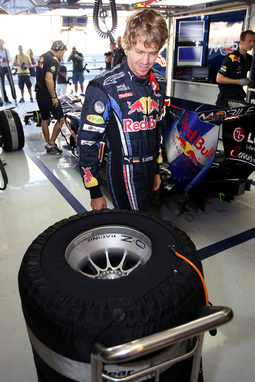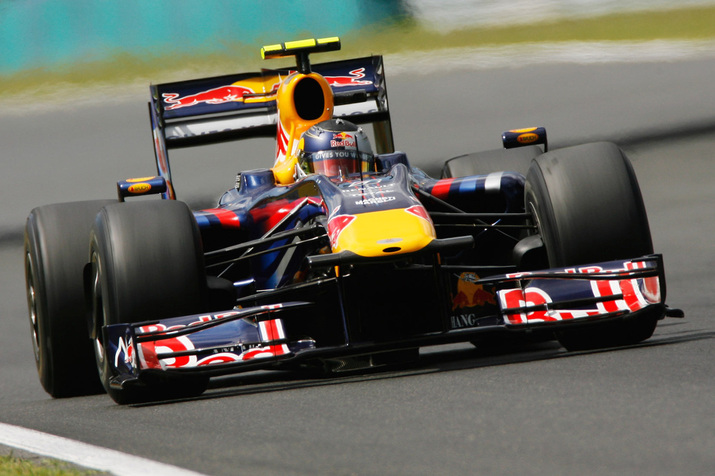To be the best competitor in the world’s greatest car chase, an F1 driver needs to be mentally sharp, fearless and quick. With engine revolutions heaving up to 18,000 rpm and cornering forces of up to 4g it’s no surprise that F1’s current crop of pilots are among the fittest athletes on the planet. What the TV cameras fail to pick up though, is the mental sharpness of the driver and team during a Grand Prix weekend. In modern Formula 1, an era when races contain easily 80 pit stops throughout the field, drivers play the role of economists at 200 mph.
Long before the red lights dim to signal the start of a Sunday afternoon drive strategists will have crunched numbers to cover all the conceivable angles that a given race weekend will throw up. This information, up to 1.5 billion samples of data as calculated by the top teams over a race weekend, plays an integral role in deciding the best strategy and approach to take relative to the competition. F1 is a sport where the race track is the market and lap time is the currency. Every .001 of a second that can be shaved of the time it takes to do a tour of a given circuit is crucial and decisions about what tyres to be on relative to the track evolution play a major role.
The only real chance a driver has of gaining a positive result from such information mid race occurs during a pit stop. The fastest 2.5 seconds of a Grand Prix weekend is when the car isn’t moving as the mechanics frantically change all four wheels and tyres to add fresh rubber in an attempt to improve the handling and overall performance. Deciding exactly when to stop is crucial and is akin to a sort of high speed game theory. We saw this play out in Hungaryearlier this year when Hamiltongot the jump on Vettel during the first and second round of stops. Hamilton pitted at exactly the right time – one lap sooner than Vettel – and thus got the best use of the under cut (pitting slightly sooner than a rival in order to utility maximise the fresher rubber earlier) and was able to leapfrog Button while Vettel delayed, pitted later and was caught in traffic following his trip down the pit lane.
That has been the only time this season where Vettel has suffered from not weighing the costs and benefits of tyre and track evolution as well as his rivals. Of the 667 laps so far this season Vettel has led 284 or 42.58%. The next nearest is Nico Rosberg at 15.59% (104 laps). Yet Vettel has only had three pole positions from the 11 races that have been run so his tyre and stint management have been impeccable as he has got the jump on the rest of the field. Knowing when to stop will decide the outcome of a race and being on the right tyre at the right time is paramount.

Ed Valentine has worked for Honda Formula One. He is a former student of Univeristy College Cork and graduated with a BComm (European) Degree in 2010.

 RSS Feed
RSS Feed